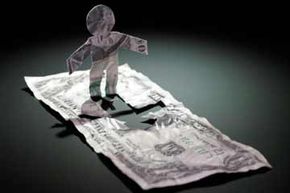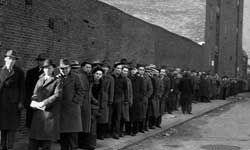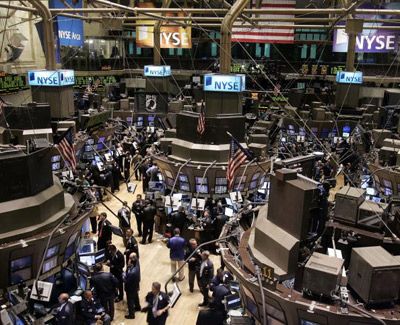Free enterprise is an economic engine powered by unfettered industry and profit-focused individuals. Basically, it's capitalism. Resources are owned by people -- as opposed to the government -- and the government doesn't interfere with the economy, apart from ensuring overall peace and order in the society.
Ideally, this means that even though the system is ostensibly self-based, because people want to make money, they'll work hard to profit. That means pleasing consumers. So producers get paid, people get stuff they want at a reasonable price, and everybody wins. Except it doesn't usually pan out that perfectly in the real world.
Advertisement
That's because under capitalism, it's possible to amass astronomical fortunes. Just think of the major commercial players of the 19th century. These titans of industry, like steel magnate Andrew Carnegie and oil baron John D. Rockefeller, were able to accumulate amazing amounts of wealth during the Industrial Revolution. When adjusted for inflation, Carnegie did pretty well in terms of dollar figures, raking in a cool $475,000,000. But it was Rockefeller who really blew everybody out of the water in terms of wealth. When he died, he was worth $1.4 billion making him the richest American to date [source: CNN Money]. His fortune was so massive, it amounted to 1/65 of the nation's overall gross domestic product at the time.
Unfortunately, at least part of the reason why barons like Carnegie and Rockefeller were able to become so affluent was because their businesses' bottom lines weren't hampered by things like child labor laws and minimum wage requirements. Factory workers suffered miserably due to unsafe working conditions and incredibly long hours, all while earning extremely low wages. They often lived in polluted factory towns that served up inferior food in short supply.
The middle class frequently suffered alongside them as the boom and bust business cycle created by capitalism periodically crashed the market, repeatedly sending the entire economy into devastating tailspins. These include the Panic of 1837, the Panic of 1857, the Panic of 1873, the Panic of 1893, the Panic of 1901 and so on. You get the picture.
Next, what happened when regulation cracked down on this abuse?
Advertisement


